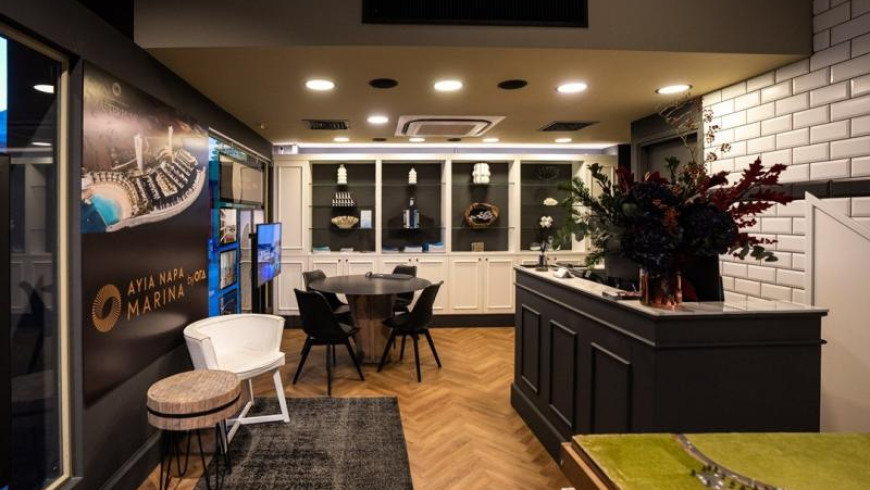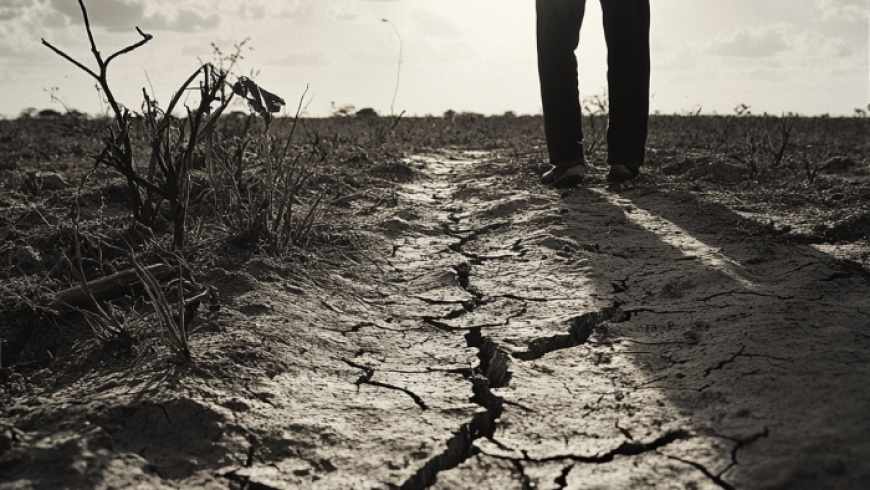
easyJet to test AVOID ash detection technology through creation of artificial volcanic ash cloud
16/5/2013 10:45
Ash collected from Icelandic volcanoes and transported on easyJet in preparation for testing
easyJet and its partners Airbus and Nicarnica are planning the final stage of testing for the AVOID technology. Last week easyJet flew back a tonne of volcanic ash from Iceland collected by the Institute of Earth Sciences in Reykjavik. The ash, dried to create the consistency of fine talc, will be used in a unique experiment which is planned for this summer.
The next phase of testing will involve two Airbus test planes, one of which has the ability to disperse the ash into the atmosphere, thereby creating an artificial ash cloud for a second Airbus test aircraft with the AVOID technology fitted to detect and avoid at over 30,000ft.
The experiment, which is expected to be conducted in August, will take place when the Seviri and Calypso satellites are aligned to be able to image the ash cloud from space thereby helping to prove the accuracy and effectiveness of the AVOID technology.
Ian Davies, easyJet's Engineering Director, commented: "The threat from Icelandic volcanoes continues and so finalising the approval of the AVOID technology is as crucial now as ever to ensure we never again see the scenes of spring 2010 when all flying ceased for several days.
"Transporting a tonne of volcanic ash from Iceland is an important step in the final journey of testing the technology and moving towards commercial certification."
Dr Fred Prata, inventor of the AVOID technology, said: "This is the perfect science experiment. We will know exactly how much ash we have placed in the atmosphere, and also its concentration and composition. AVOID will then measure it and demonstrate the technology."
Manfred Birnfeld, Senior flight Test Engineer for Airbus, said: “We are all working towards reducing the impact of volcanic ash clouds, and the technology being developed in AVOID could prove valuable in identifying airspace free of ash contamination and provide data for pilots and airlines on the precise localisation of ash clouds.
“This is why Airbus is supporting the development of AVOID and we hope this system will contribute towards three dimensional, dynamic mapping tools to allow the airlines to take necessary decisions for a safe flight under the full knowledge of current location of ash clouds.”
The AVOID system can be likened to a weather radar for ash. Created by Dr Fred Prata, Chief Technology Officer at Nicarnica Aviation, the system comprises of infrared technology (developed by the US military) fitted to aircraft to supply images to pilots and an airline’s operations control centre. The images will enable pilots to see an ash cloud, up to 100 km ahead of the aircraft and at altitudes between 5,000ft and 50,000ft, thus allowing them to make small adjustments to the plane’s flight path to avoid any ash cloud. The concept is very similar to weather radars which are standard on commercial airliners today.
On the ground, information from aircraft with AVOID technology would be used to build an accurate image of the volcanic ash cloud using real time data. This could open up large areas of airspace that would otherwise be closed during a volcanic eruption, which would benefit passengers by minimising disruption.
Footage and interviews from previous AVOID tests is available to download from the Digital News Agency at: http://www.digitalnewsagency.com/stories/5457-easyjet-trial-ash-cloud-detector
easyJet and its partners Airbus and Nicarnica are planning the final stage of testing for the AVOID technology. Last week easyJet flew back a tonne of volcanic ash from Iceland collected by the Institute of Earth Sciences in Reykjavik. The ash, dried to create the consistency of fine talc, will be used in a unique experiment which is planned for this summer.
The next phase of testing will involve two Airbus test planes, one of which has the ability to disperse the ash into the atmosphere, thereby creating an artificial ash cloud for a second Airbus test aircraft with the AVOID technology fitted to detect and avoid at over 30,000ft.
The experiment, which is expected to be conducted in August, will take place when the Seviri and Calypso satellites are aligned to be able to image the ash cloud from space thereby helping to prove the accuracy and effectiveness of the AVOID technology.
Ian Davies, easyJet's Engineering Director, commented: "The threat from Icelandic volcanoes continues and so finalising the approval of the AVOID technology is as crucial now as ever to ensure we never again see the scenes of spring 2010 when all flying ceased for several days.
"Transporting a tonne of volcanic ash from Iceland is an important step in the final journey of testing the technology and moving towards commercial certification."
Dr Fred Prata, inventor of the AVOID technology, said: "This is the perfect science experiment. We will know exactly how much ash we have placed in the atmosphere, and also its concentration and composition. AVOID will then measure it and demonstrate the technology."
Manfred Birnfeld, Senior flight Test Engineer for Airbus, said: “We are all working towards reducing the impact of volcanic ash clouds, and the technology being developed in AVOID could prove valuable in identifying airspace free of ash contamination and provide data for pilots and airlines on the precise localisation of ash clouds.
“This is why Airbus is supporting the development of AVOID and we hope this system will contribute towards three dimensional, dynamic mapping tools to allow the airlines to take necessary decisions for a safe flight under the full knowledge of current location of ash clouds.”
The AVOID system can be likened to a weather radar for ash. Created by Dr Fred Prata, Chief Technology Officer at Nicarnica Aviation, the system comprises of infrared technology (developed by the US military) fitted to aircraft to supply images to pilots and an airline’s operations control centre. The images will enable pilots to see an ash cloud, up to 100 km ahead of the aircraft and at altitudes between 5,000ft and 50,000ft, thus allowing them to make small adjustments to the plane’s flight path to avoid any ash cloud. The concept is very similar to weather radars which are standard on commercial airliners today.
On the ground, information from aircraft with AVOID technology would be used to build an accurate image of the volcanic ash cloud using real time data. This could open up large areas of airspace that would otherwise be closed during a volcanic eruption, which would benefit passengers by minimising disruption.
Footage and interviews from previous AVOID tests is available to download from the Digital News Agency at: http://www.digitalnewsagency.com/stories/5457-easyjet-trial-ash-cloud-detector














 3287.99
3287.99 1275.09
1275.09
